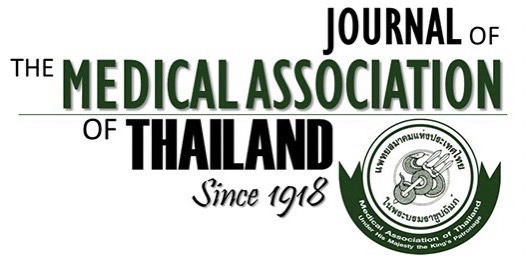An Overview of Antimicrobial Susceptibility Patterns of Gram-Positive Bacteria from National Antimicrobial Resistance Surveillance Thailand (NARST) Program from 2000 to 2005
Piroon Mootsikapun MD*, Suwanna Trakulsomboon PhD***, Pathom Sawanpanyalert MD, DrPH**, Nalinee Aswapokee MD***, Chusana Suankratay MD, PhD****
Affiliation : * Division of Infectious Disease and Tropical Medicine, Faculty of Medicine, Khon Kaen University, Khon Kaen, Thailand ** National Institute of Health, Department of Medical Sciences, Ministry of Public Health, Nonthaburi, Thailand *** Unit of Infectious Diseases, Faculty of Internal Medicine, Siriraj University Hospital, Mahidol University, Bangkok, Thailand **** Division of Infectious Diseases, Faculty of Medicine, Chulalongkorn University, Bangkok, Thailand
In this overview, the authors summarize the antimicrobial susceptibility patterns of important Gram-positive bacteria from the National Antimicrobial Resistance Surveillance Thailand (NARST) program between 2000 and 2005 as well as the clinical implications. This collaborative network program was funded by the World Health Organization, and involved 33 hospitals throughout Thailand. There are rising trends of drug-resistant S. pneumoniae (DRSP), ampicillin-resistant enterococci, but a constant occurrence of methicillin-resistant S. aureus (MRSA) was noted during this period. The rates of penicillin and erythromycin resistances of S. pneumoniae were constantly high, ranging from 42.5% to 47.7% and 24.6% to 31.1%, respectively, whereas the rates of cefotaxime resistance were quite low, ranging from 2.1% to 8.4%. The rates of multidrug-resistant (MDR) S. pneumoniae ranged from 14.8% to 34.3%. Of all S. aureus isolates, MRSA comprised 24% to 27%, and vancomycin resistance rates of these MRSA isolates ranged from 0.1% to 0.8%. The antimicrobial resistance rates of methicillin-susceptible S. aureus isolates were very low. The rates of ampicillin and high-level gentamicin resistances of E. faecium from 2000 to 2005 have been significantly increasing from 52% to 84.1%, and from 46.9% to 75%, respectively, but vancomycin resistance was stable at the rates between 0.4% and 1.9%. In conclusions, antimicrobial resistance rates of important Gram-positive bacteria have been increasing in Thailand. All local, national, and international surveillance data will help to set the strategic plan for control and treatment of these resistant organisms. Appropriate and accurate microbiological procedures regarding the collection and transportation of clinical specimens as well as the identification of these emerging resistant organisms are urgently needed, in collaboration with other concerned sectors.
Keywords : Anti-infective agents, Drug resistance, Bacterial, Gram-positive bacteria, Microbial sensitivity tests, Population surveillance, Thailand



